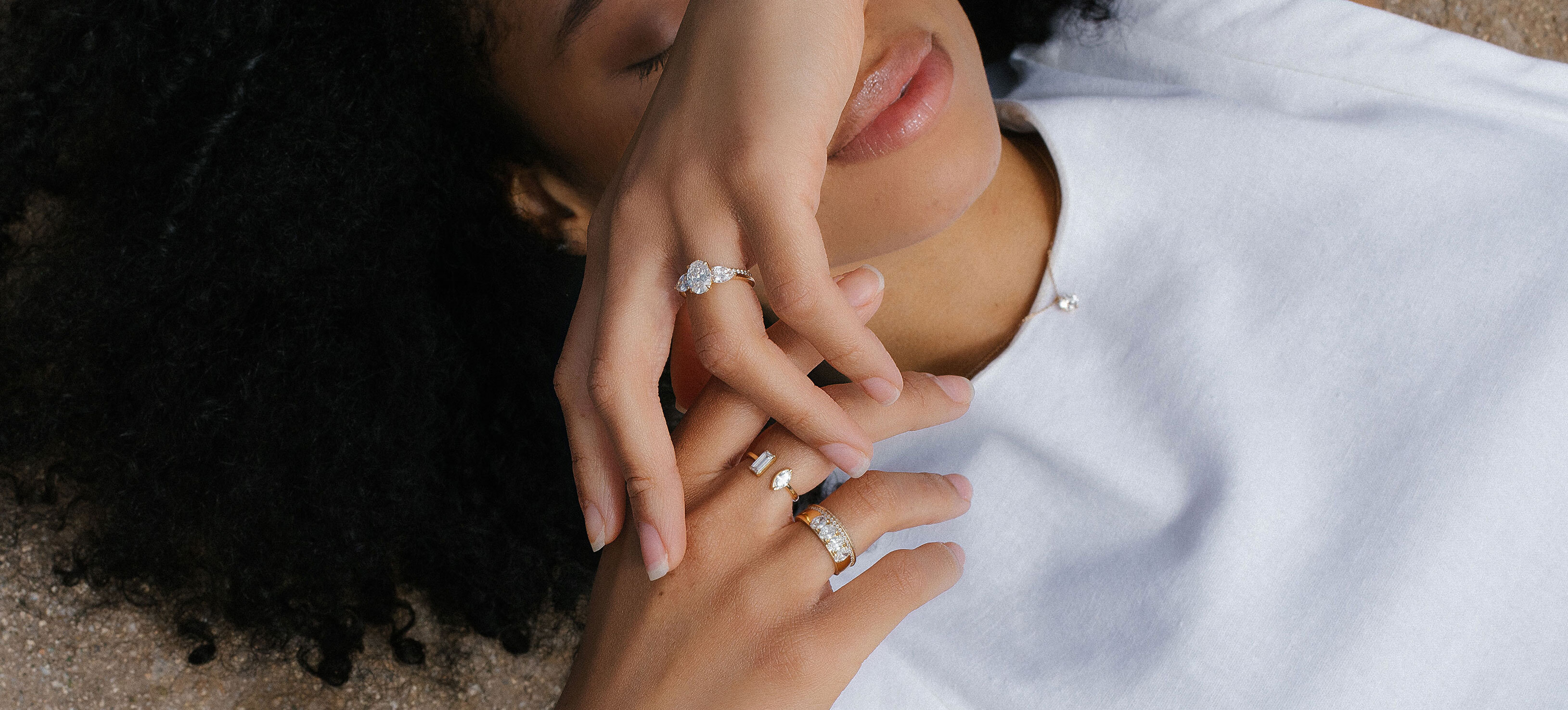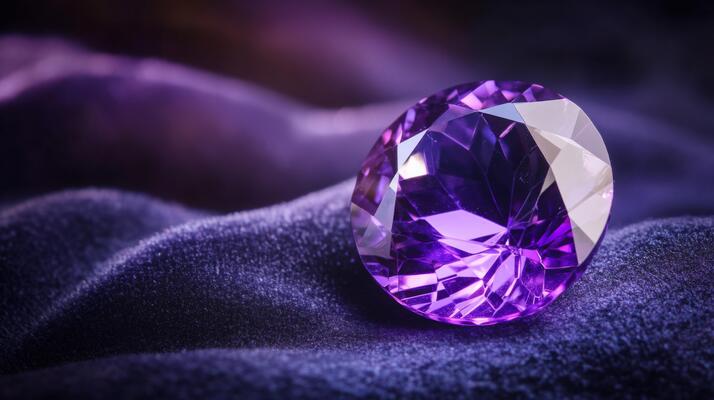The Rise of Lab Grown Diamonds: A Modern Choice for Ethical Luxury
Understanding Lab Grown Diamonds
Lab grown diamonds are created using advanced technological methods that replicate the natural processes that form diamonds in the Earth. There are two primary techniques used: High Pressure High Temperature (HPHT) and Chemical Vapor Deposition (CVD). HPHT simulates the high pressure and temperature conditions found in the Earth’s mantle, while CVD uses a plasma reactor to deposit carbon atoms onto a substrate, forming diamond crystals. Despite the different processes, both methods produce diamonds with the same physical, chemical, and optical properties as their mined counterparts. Understanding these methods helps appreciate the sophistication behind lab grown diamonds and their place in modern jewelry.
Benefits of Lab Grown Diamonds
One of the most significant benefits of lab grown diamonds is their ethical and environmental impact. Traditional diamond mining can have adverse effects on the environment, including habitat destruction and soil erosion, and often involves challenging labor conditions. In contrast, lab grown diamonds are produced in controlled environments, reducing these negative impacts and ensuring that no unethical practices are involved. Additionally, lab grown diamonds are typically more affordable than mined diamonds, allowing consumers to enjoy high-quality diamonds at a lower cost. This combination of ethical considerations and financial savings makes lab grown diamonds an attractive choice for modern jewelry buyers.
The Quality and Brilliance of Lab Grown Diamonds
Lab grown diamonds are crafted to meet the same high standards as natural diamonds, ensuring exceptional quality and brilliance. The Four Cs—Cut, Color, Clarity, and Carat weight—are essential in evaluating the quality of lab grown diamonds. The cut affects how light interacts with the diamond, influencing its sparkle and fire. Color ranges from colorless to faintly tinted, with the most valuable diamonds being closer to colorless. Clarity measures the presence of internal or external imperfections, and carat weight denotes the size of the diamond. Lab grown diamonds are graded using the same rigorous criteria as mined diamonds, guaranteeing that they offer stunning brilliance and quality.
Popular Uses of Lab Grown Diamonds
Lab grown diamonds are versatile and can be used in a wide range of jewelry pieces. Engagement rings and wedding bands are popular choices, as lab grown diamonds offer an ethical and beautiful option for these significant symbols of love. Additionally, lab grown diamonds are used in various types of jewelry, including earrings, necklaces, bracelets, and rings. Their adaptability makes them suitable for any occasion, whether you’re looking for a statement piece or a subtle addition to your collection. The flexibility in design and application makes lab grown diamonds a valuable choice for diverse jewelry needs.
Choosing the Right Lab Grown Diamonds
Selecting the right lab made diamonds involves considering factors such as the diamond’s quality, size, and design. Begin by determining the carat weight and quality of the diamond that fits your budget. Larger diamonds can have a more significant visual impact but may be more costly. Next, choose a design that reflects your personal style and complements your existing jewelry. Additionally, consider the metal setting, as different metals can enhance the overall appearance of the diamond. Comparing options from reputable jewelers and reviewing certification details will help ensure that you select the perfect lab grown diamond for your needs.
The Importance of Certification
Certification is crucial when purchasing lab grown diamonds to verify their quality and authenticity. Reputable gemological laboratories provide certificates detailing the diamond’s cut, color, clarity, and carat weight. This certification confirms that the diamond is genuine and meets high standards of quality. Look for certification from well-known organizations such as the Gemological Institute of America (GIA) or the International Gemological Institute (IGI). This ensures that your lab grown diamond is accurately graded and offers the quality you expect.
Caring for Lab Grown Diamonds
Proper care is essential to maintain the beauty and longevity of your lab grown diamonds. Regular cleaning helps keep the diamonds sparkling and free from dirt and oils. Use a gentle cleaning solution and a soft brush to clean the diamond, avoiding harsh chemicals or abrasive materials. Additionally, store your diamonds in a soft cloth or jewelry box to prevent scratches and damage. Following these care instructions will help ensure that your lab grown diamonds remain a cherished part of your jewelry collection for years to come.
The Future of Lab Grown Diamonds
The future of lab grown diamonds looks promising as technology continues to advance and consumer preferences shift towards more sustainable options. Innovations in diamond creation and growing awareness of ethical issues are likely to drive further growth in the lab grown diamond market. As more people recognize the benefits of lab grown diamonds, including their affordability, environmental friendliness, and ethical production, they are expected to become an increasingly popular choice in the jewelry industry. Embracing lab grown diamonds today means being part of a movement towards a more responsible and modern approach to luxury.
Conclusion
Lab grown diamonds represent a remarkable fusion of luxury and responsibility. Offering the same brilliance and quality as mined diamonds, they provide an ethical and affordable alternative that aligns with modern values. By understanding the benefits, quality, and applications of lab grown diamonds, you can make an informed decision when selecting your next piece of jewelry. Embrace the elegance of lab grown diamonds and enjoy a beautiful, ethical, and contemporary choice that reflects your commitment to both style and sustainability.






